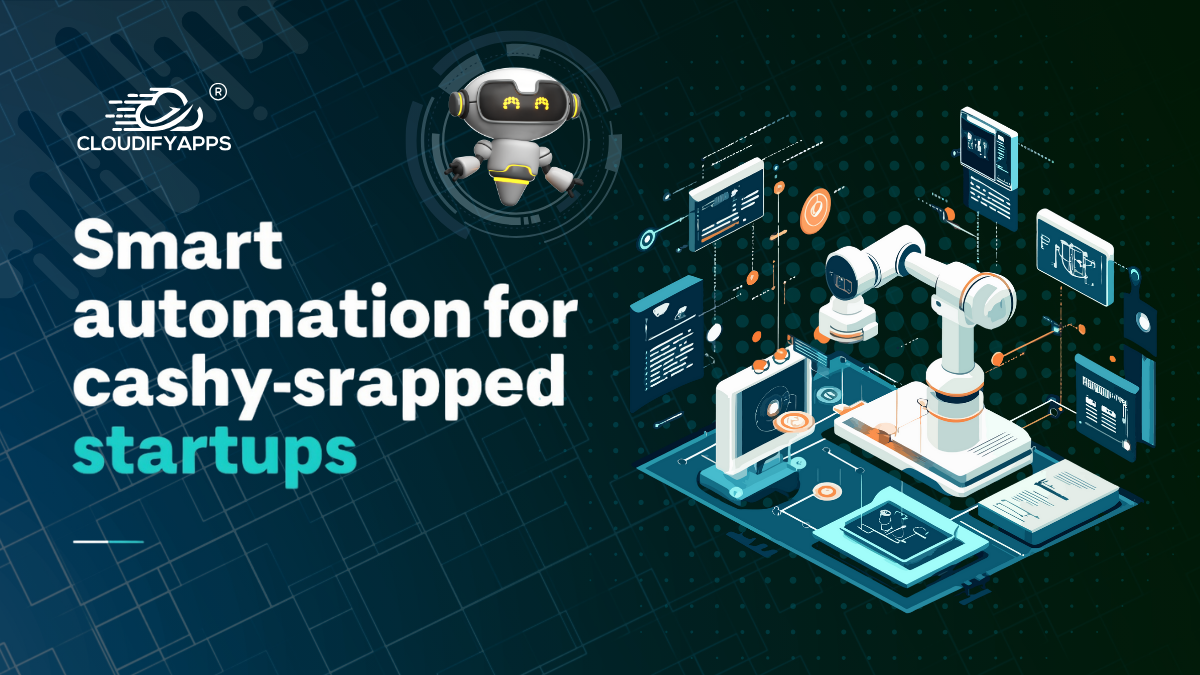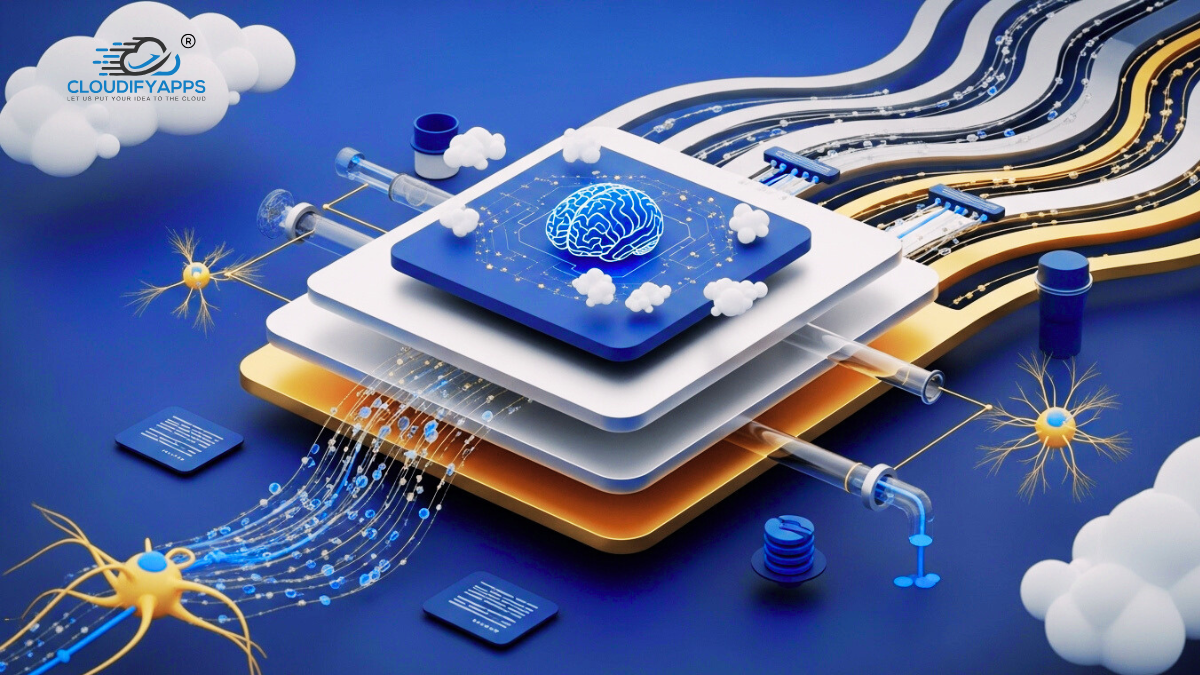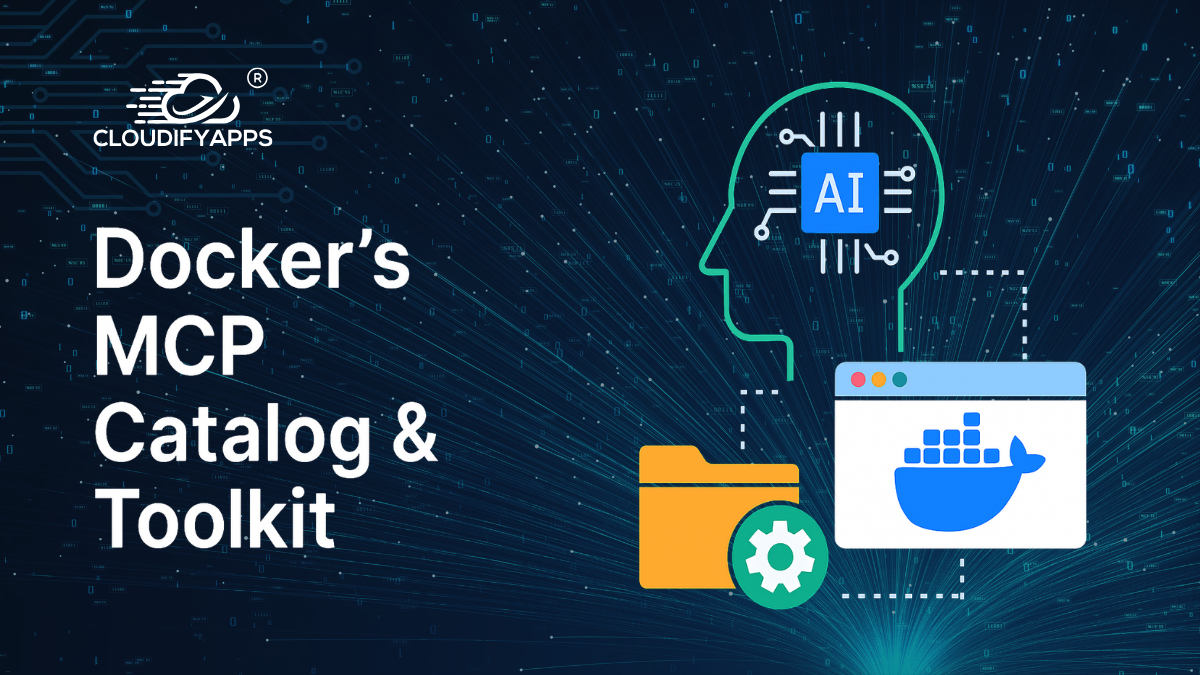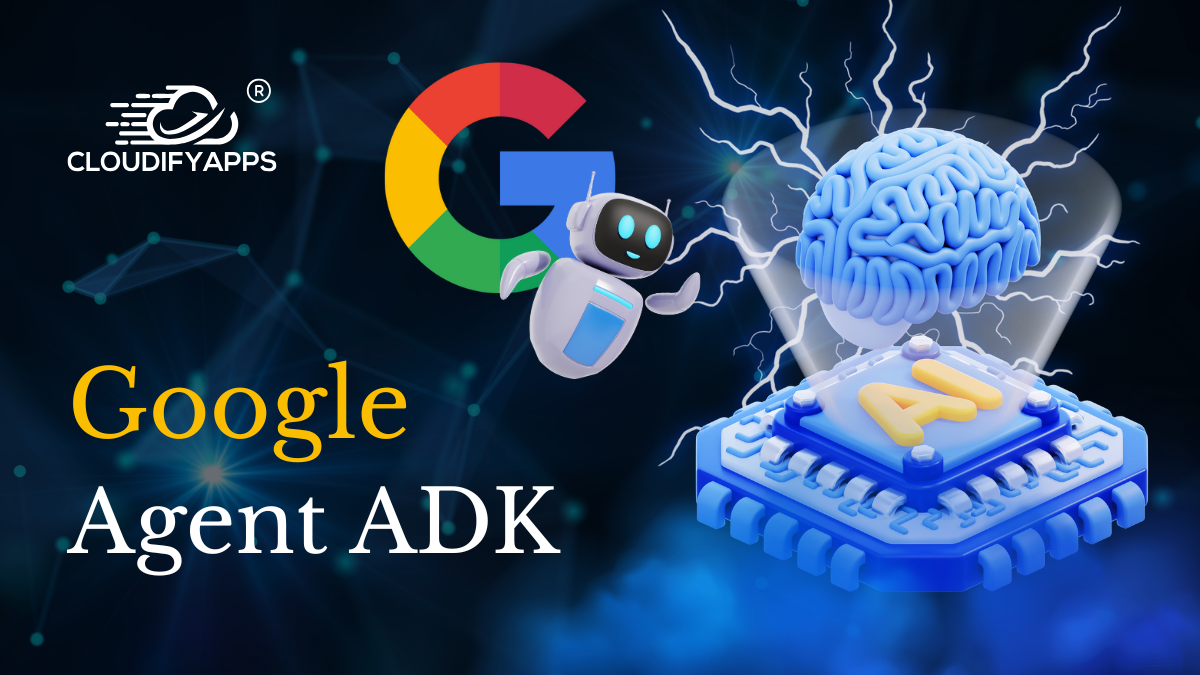
ChatGPT And Its Integration With The Cloud Infrastructure
Introduction
The latest development in the sector of conversational AI has culminated in order form ChatGPT - a natural language processing model developed by OpenAI this huge and highly segmented language model is available as an open-source item. Thus everyone can see its importance till its availability to the public for a limited time.
Apart from these, ChatGPT is generating a bounty in the meme-making industry with its range of occasional witty, humorous, and often dark replies to user inquiries. This innovative natural language model is interactive to its core, and thus people are having fun interacting with this new conversational AI system, breaking barriers and pushing its limits.
We wish to dig deep and find out the role played by ChatGPT in the cloud computing ecosystem. Before that, we will learn about other conversational AI systems other than ChatGPT in the upcoming sections.
What is ChatGPT?
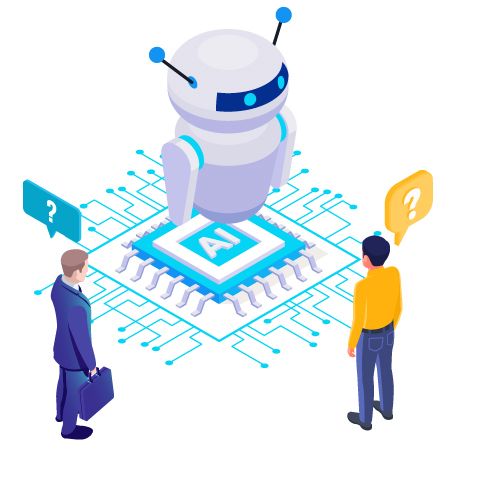
ChatGPT is a specialized chatbot powered by the natural language processing model GPT-3. It is a conversational AI system using natural language processing other than being fluent in assisting with a number of tasks. Since it has been trained in several ways, ChatGPT is a powerful assistant tool that can provide answers to questions; it acts as a friendly and helpful tool that can adapt to multiple conversational styles and contexts.
ChatGPT promotes engaging and informative conversations on several topics, from news, views, events, hobbies, and personal interests. So you can either indulge in a casual, light-hearted conversation or a serious, knowledgeable, fact-based one.
Use Cases of ChatGPT
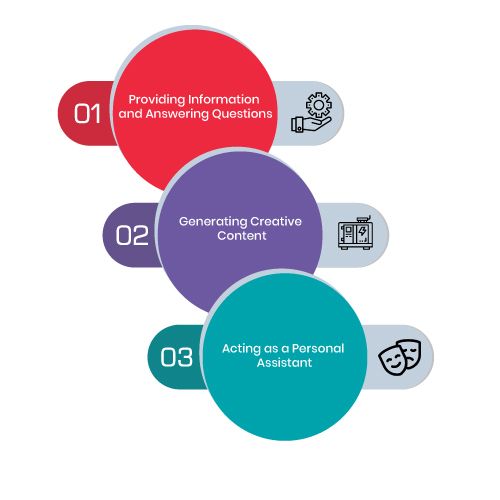
According to OpenAI, ChatGPT has an extensive domain for its usage. Its use cases consist of debugging codes, answering follow-up questions, creating creative content, and others, as follows.
● Providing Information and Answering Questions:
ChatGPT acts as a knowledge repository. Thus it can be used to answer numerous questions from various topics that find a place in casual conversations to research and study.
● Generating Creative Content:
ChatGPT can generate text based on user prompts. These texts act as the pathfinders for creative writing and other creative text-based works. An example is to create identical prompts for the AI art generator tool Mid journey and DALL-E2.
● Acting as a Personal Assistant:
The usage of ChatGPT is not only restricted to the above, it can also be used as a personal assistant or assist you with tasks such as customer service, resolution of issues, scheduling and organization of multiple tasks at once, etc.
ChatGPT and Its Usage in the Cloud Computing Ecosystem
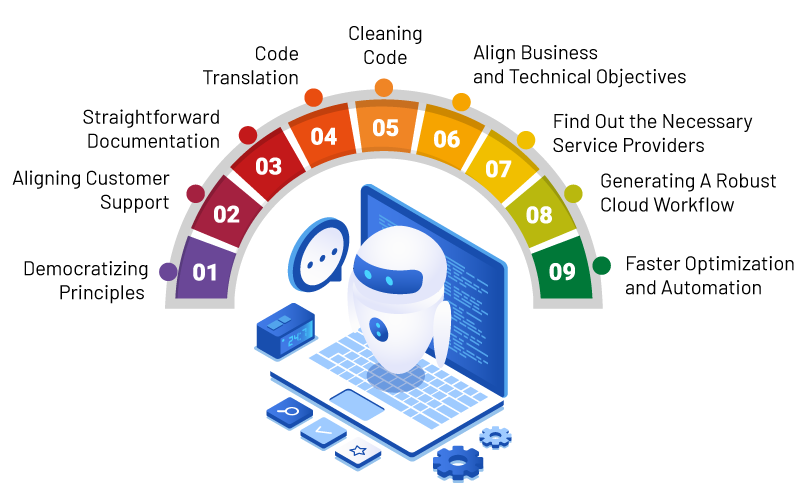
There is no specific industry application of ChatGPT for the cloud computing ecosystem. However, it is a robust language model trained to generate texts based on instructions that imitate those of a human.
From there, it derives the following exceptional uses in the cloud computing community and infrastructure.
● Democratizing Principles
It is possible that ChatGPT - a natural language processing tool, could simplify cloud architecture principles and make them easily understandable to the wider audience. The usage of conversational language and providing easy-to-understand examples in a way could help evangelize and democratize cloud architecture principles. Although, it should be inferred that ChatGPT is essentially a tool and its usage and implementation in cloud architecture determine its effectiveness.
Everything depends on the way ChatGPT transforms our understanding of cloud infrastructures, applications, and architectures. For example, platform engineering. Provided the data that organizations share each day, like interdependent resources, best practices about networks and landing zones, existing cloud architectures, etc., ChatGPT will be able to learn from these and provide valuable insights to both tech and non-tech profiles of workers.
● Aligning Customer Support
Using a language model like ChatGPT to generate customer service responses ensures that the cloud computing industry advances by leaps and bounds. For example, it helps companies save maximum time and effort by auto-generation of responses to common customer queries. Thus, customer service representatives have abundant time and space to focus on more technical and complex issues at hand that require a human touch.
Alongside the above, having a language model ensures that the customer receives consistent, accurate information irrespective of the customer service representative they are in touch with. This could improve customer satisfaction and reduce the number of customer support tickets that need to be handled manually.
● Straightforward Documentation
ChatGPT can be utilized for creating technical documentation for Terraform, a tool used for building, changing, and versioning infrastructure safely and efficiently. Terraform is often used in the cloud computing industry to manage and automate the deployment of cloud resources.
ChatGPT can be used to create a text-based interface for Terraform reference wherein users are allowed to ask questions about Terraform and receive detailed, accurate responses. This type of system could come in handy for users new to Terraform and looking to get acquainted with its features and core capacities.
● Code Translation
One of the potential use cases of ChatGPT in cloud architecture is to help programmers using a particular programming language be familiar with a new programming language. It would help them to learn and work using different programming languages.
A programmer familiar with Python might be asked to work on a project using GoLang. In such a case, a tool like ChatGPT that helps translate the code between the two languages could come in highly valuable, as it would enable the programmer to ramp up and be productive. This would come in extremely handy in scenarios where the programmer works as part of a team, as it would help him to contribute faster to a code repository.
● Cleaning Code
A highly potential use case of ChatGPT is writing clean and well-documented Terraform code. Clean code is straightforward for other developers to understand and work with, and it ensures saving you from latency in the long run. However, code refactoring is often a tedious and highly time-consuming process.
A tool like ChatGPT that cleans up code and generates clearly translated variants of the existing code can be extremely beneficial. It would save programmers time, and effort, and replace the need for multiple reviewers, code analyzers, multiple lines, etc.
● Align Business and Technical Objectives
ChatGPT could specify the business goals and requirements the cloud infrastructure needs to support and generate a primary requirement of your resources. It will help ensure that the infrastructure is tailored to meet the organization’s and its stakeholders’ specific needs.
● Find Out the Necessary Service Providers
In the case of the cloud-first environment, optimization cost depends on the cloud providers. ChatGPT can help select a cloud service provider or providers that can offer the required capabilities and support to meet the organization’s needs. This might include scalability, security, cost-effectiveness, and reliability.
● Generating a Robust Cloud Workflow
ChatGPT has proven to be a good assistant in developing cloud strategies and roadmaps that outline the steps and timelines for implementing and integrating multiple components of the cloud infrastructure. Firstly, it will provide a clear idea of how the infrastructure will be built and evolved.
Secondly, when it comes to strategy, it talks about security and best practices and ChatGPT would help establish clear policies and procedures for the management and maintenance of cloud infrastructure. This should include guidelines for things like deployment, configuration, monitoring, and security.
● Faster Optimization and Automation
ChatGPT would regularly have the capacity to assess and evaluate the effectiveness of the cloud infrastructure and make adjustments in an ad-hoc capacity to ensure its continuity to support the business goals and requirements. It may involve things like performance monitoring, capacity planning, and infrastructural upgrades.
Conclusion
Although it has a ton of impressive capabilities, ChatGPT is also reported to be having vulnerabilities that can create several discriminatory, biased, racist, and even harmful content. While the potential applications of AI in the real world are exciting and manifold, it is critical to identify the potential risks and ensure that the proper safeguards are in place to prevent any harm to individuals.
Popular Tags
Recent Posts
Smart automation for cash-strapped startups
The modern data trinity: How medallion architecture, RAG, and data lakes revolutionize enterprise intelligence
Accelerating AI-Driven Development with Docker’s MCP Catalog & Toolkit
Building Intelligent Agent Teams with Google's ADK: A Developer's Guide
We are at




















